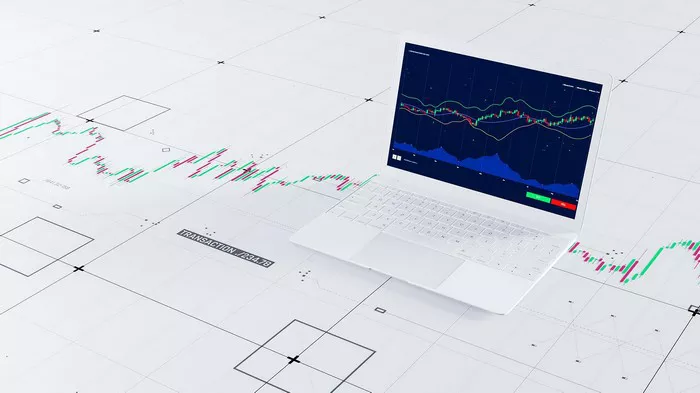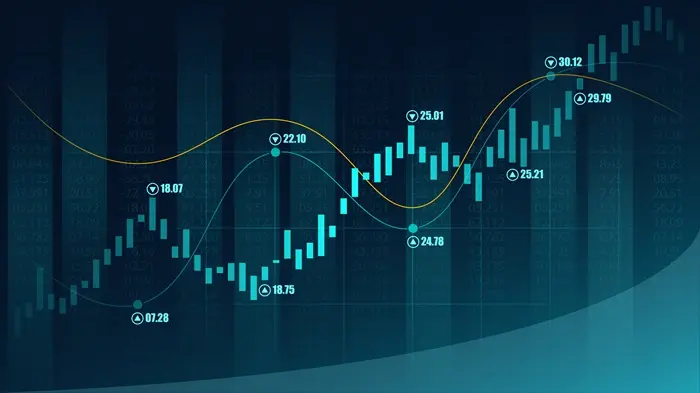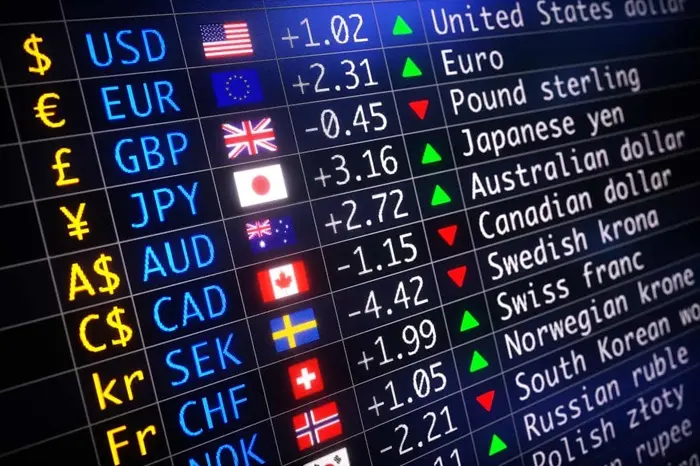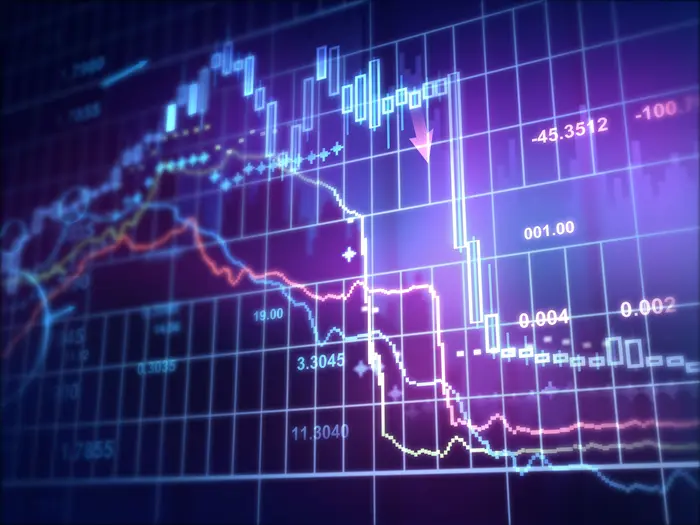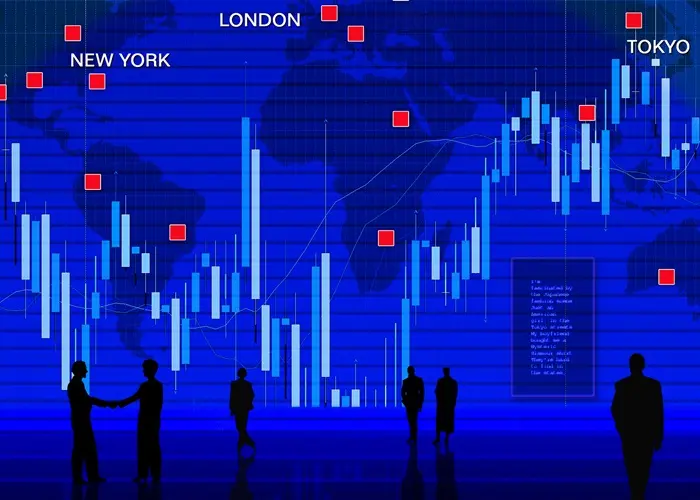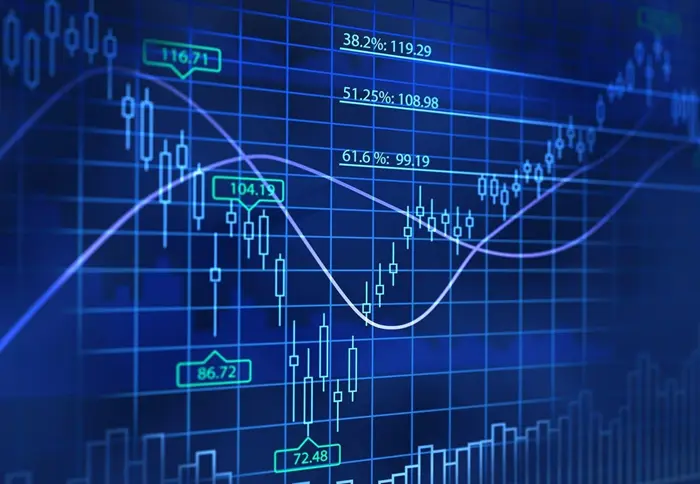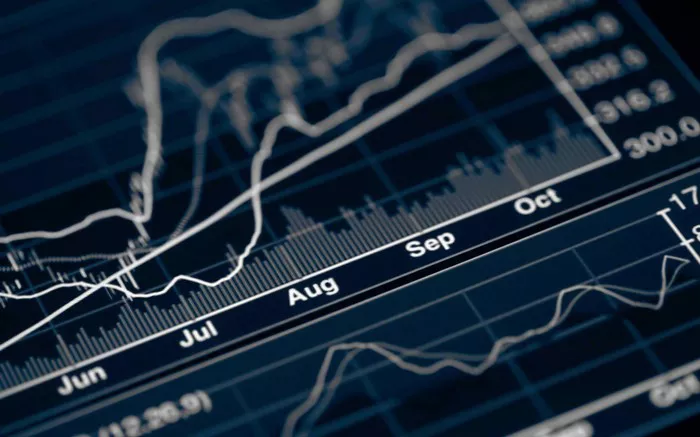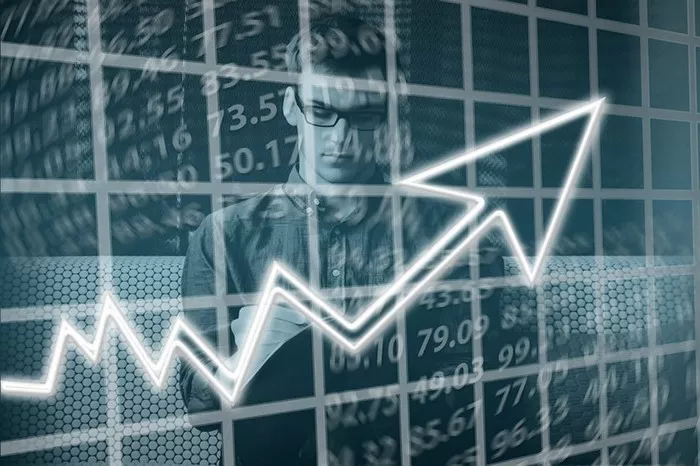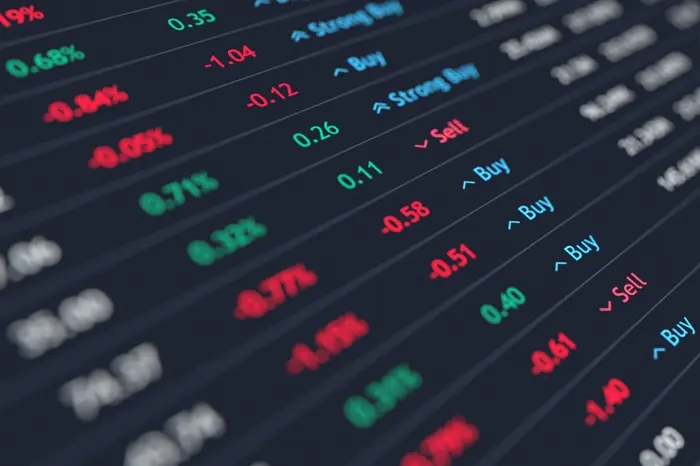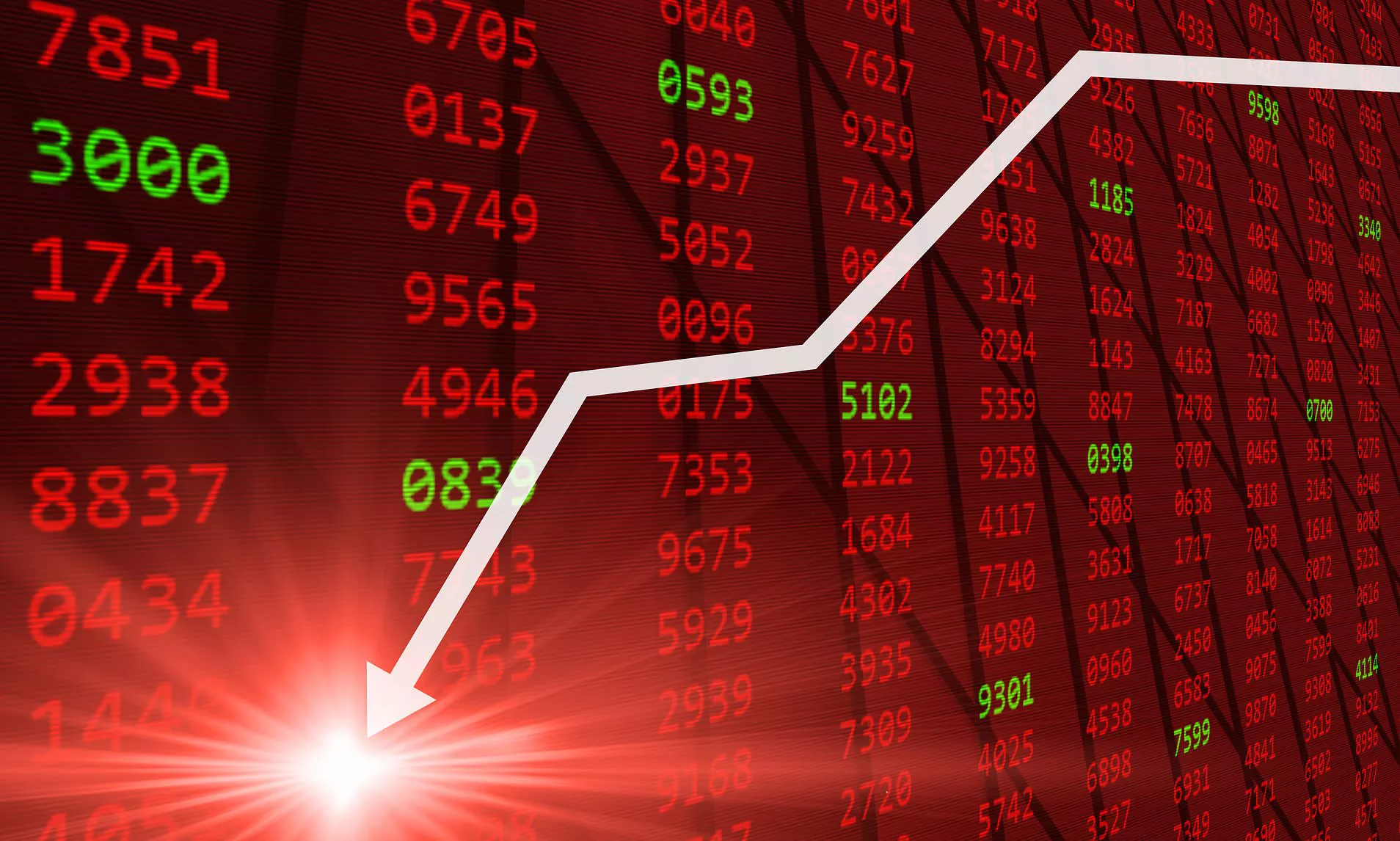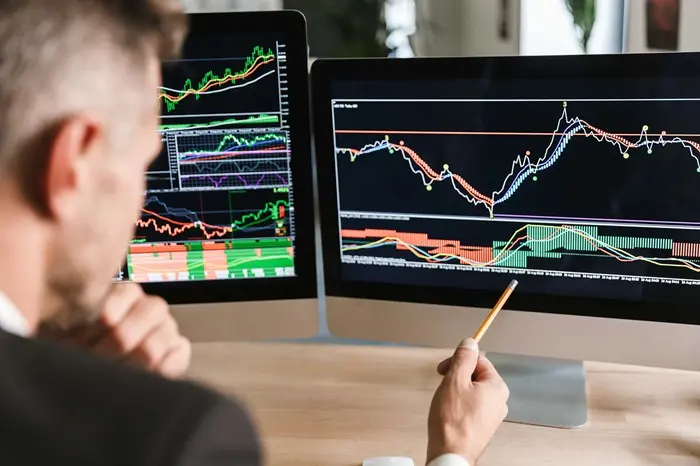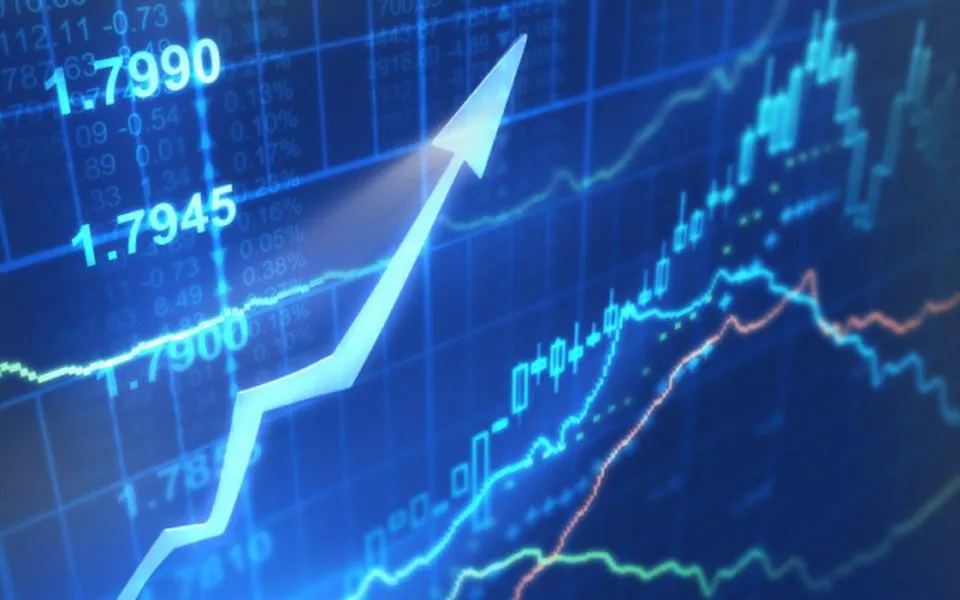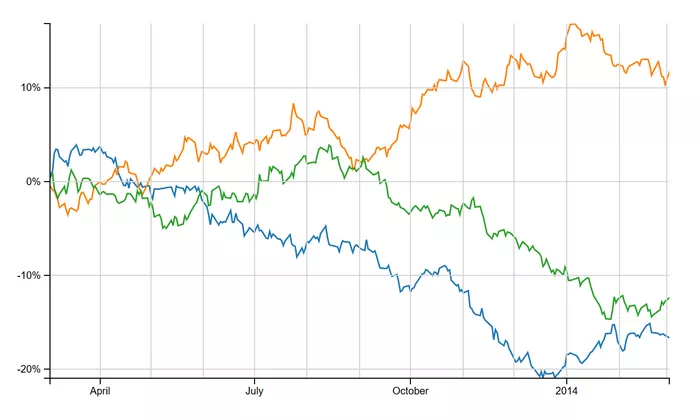El Salvador, a country in Central America, has a unique relationship with the US Dollar (USD). Since 2001, the nation has adopted the USD as its official currency, which means that the value of 100 USD in El Salvador is directly equivalent to 100 USD in the United States. However, the situation is more nuanced, as there are several economic and market factors that can impact the purchasing power of that 100 USD within El Salvador. This article explores how the value of 100 USD translates into daily life, how exchange rates are determined, and other factors that influence the local economy.
The US Dollar in El Salvador: A Brief History
In 2001, El Salvador officially adopted the US Dollar as its official currency, replacing the Salvadoran colón. This decision was made in an effort to stabilize the economy, attract foreign investment, and promote trade with the United States, which is one of El Salvador’s largest trading partners.
By adopting the USD, El Salvador linked its monetary system directly to the US economy. This has provided some stability in terms of exchange rates, but it also means that El Salvador has limited control over its own monetary policy. While the US Dollar is widely accepted, the country still faces challenges such as inflation, fiscal deficits, and economic inequality.
Why Did El Salvador Adopt the US Dollar?
There were several key reasons behind El Salvador’s decision to dollarize its economy:
Stabilization of the economy: The country was dealing with high inflation and exchange rate instability. Adopting the US Dollar provided a more stable currency.
Increase in foreign investment: Dollarization made it easier for foreign businesses to invest in El Salvador, as there were no longer concerns over exchange rate fluctuations.
Encouragement of international trade: The US is one of El Salvador’s major trade partners, and using the same currency simplified cross-border transactions.
Economic Impact of the US Dollar on El Salvador
Dollarization has had both positive and negative effects on El Salvador’s economy. On the one hand, it has reduced inflation and made the country an attractive place for foreign investment. On the other hand, it has limited the country’s ability to adjust its currency value in response to changing economic conditions. The Central Reserve Bank of El Salvador can no longer engage in monetary policy measures such as printing money or adjusting interest rates to control inflation or spur economic growth.
The Exchange Rate: USD in El Salvador
Since El Salvador uses the US Dollar, the exchange rate between the USD and the Salvadoran economy is straightforward — 1 USD equals 1 USD. However, this does not mean that the purchasing power of 1 USD is the same in both countries. In fact, the local prices for goods and services in El Salvador are often much lower than in the United States.
The Purchasing Power Parity (PPP)
The concept of Purchasing Power Parity (PPP) is essential in understanding the difference between the nominal value of 100 USD in the United States and the effective value of 100 USD in El Salvador. While 100 USD will always convert to 100 USD in terms of currency exchange, the amount of goods and services you can buy with that money may differ significantly.
How Much Can You Buy with 100 USD in El Salvador?
While exact amounts vary depending on where you are in El Salvador (urban vs. rural areas), here are some average costs that can give an indication of what 100 USD can buy:
1. Food and Drink
A meal at an inexpensive restaurant in El Salvador might cost around 5 to 10 USD per person.
A mid-range three-course meal for two people could cost between 30 to 50 USD.
The cost of groceries for a week for a single person (basic items like bread, milk, eggs, vegetables, and meat) is likely to be around 25 to 40 USD.
Given these figures, 100 USD could provide for 10 to 20 inexpensive meals or one to two mid-range meals for two people.
2. Transportation
A local public transport ticket in El Salvador may cost as little as 0.25 to 0.50 USD.
A taxi ride within the city may cost around 2 to 5 USD, depending on the distance.
Gasoline prices fluctuate but typically range around 4.00 to 5.00 USD per gallon.
With 100 USD, you could afford numerous short taxi rides or many days of public transportation.
3. Housing and Utilities
Rent for a one-bedroom apartment in a city center may cost 250 to 500 USD per month. Outside the city center, the price could drop to around 150 to 300 USD.
Utilities (electricity, heating, cooling, water, garbage) for a 1-bedroom apartment can cost between 40 to 80 USD per month.
So, while 100 USD wouldn’t cover a full month’s rent, it could pay for a week’s worth of utilities.
4. Leisure and Entertainment
A movie ticket in El Salvador costs around 3 to 5 USD.
Gym memberships typically range from 25 to 40 USD per month.
Tickets to cultural events, such as concerts or festivals, might cost between 10 to 30 USD depending on the event.
With 100 USD, you could enjoy a few entertainment options, such as a week or two at the gym or multiple movies.
5. Healthcare
The cost of visiting a doctor in El Salvador is relatively affordable, with consultations ranging from 25 to 50 USD.
Prescription medications are also cheaper than in many Western countries, with basic over-the-counter medicine costing a few dollars.
6. Tourism
Tourist attractions and excursions can vary widely in cost. A day trip or guided tour might cost anywhere from 20 to 60 USD depending on the type of activity.
Factors Affecting the Purchasing Power of 100 USD in El Salvador
While 100 USD may seem like a lot when you compare prices for goods and services, it is important to consider several factors that impact its actual purchasing power:
1. Inflation Rate
Inflation plays a crucial role in determining how much you can buy with a set amount of currency. Over the years, El Salvador has experienced relatively low inflation rates, but fluctuations in global commodity prices and domestic conditions can cause inflation to spike, reducing the purchasing power of the USD.
2. Local Economic Conditions
El Salvador’s economy is largely dependent on remittances from Salvadorans living abroad, particularly in the United States. As the country continues to face challenges such as income inequality and unemployment, the value of the USD can be impacted by the overall economic health of the country.
3. Income Levels and Poverty
Despite the use of the US Dollar, the income levels in El Salvador are significantly lower than in the United States. This means that while a US Dollar might buy more in terms of local goods and services, it might not provide the same standard of living for locals as it would in the United States.
4. Government and Fiscal Policies
The Salvadoran government has made several attempts to improve the economy through different fiscal policies. However, challenges like fiscal deficits, poverty, and dependence on remittances still impact the effectiveness of these efforts.
5. Bitcoin Integration
In 2021, El Salvador became the first country in the world to adopt Bitcoin as legal tender alongside the US Dollar. This move could eventually influence the value and stability of the USD in El Salvador, although the impact is still uncertain.
Conclusion
In conclusion, 100 USD in El Salvador is equivalent to 100 USD in terms of currency value. However, due to differences in the cost of living, inflation rates, and income levels, the purchasing power of that 100 USD can go much further in El Salvador than in the United States. Whether you are a visitor, investor, or expatriate, understanding the local economy, inflation, and purchasing power parity will help you make informed decisions about living and doing business in El Salvador.
While dollarization has stabilized the economy to some degree, it also means that El Salvador has limited control over its currency value. Factors such as inflation, global market conditions, and the integration of cryptocurrencies like Bitcoin will continue to play a role in shaping the future of the US Dollar’s purchasing power within El Salvador.
Thus, while 100 USD can go far in terms of everyday expenses, it is essential to consider local economic conditions and trends to fully grasp its value in this Central American nation.
Related topics:

